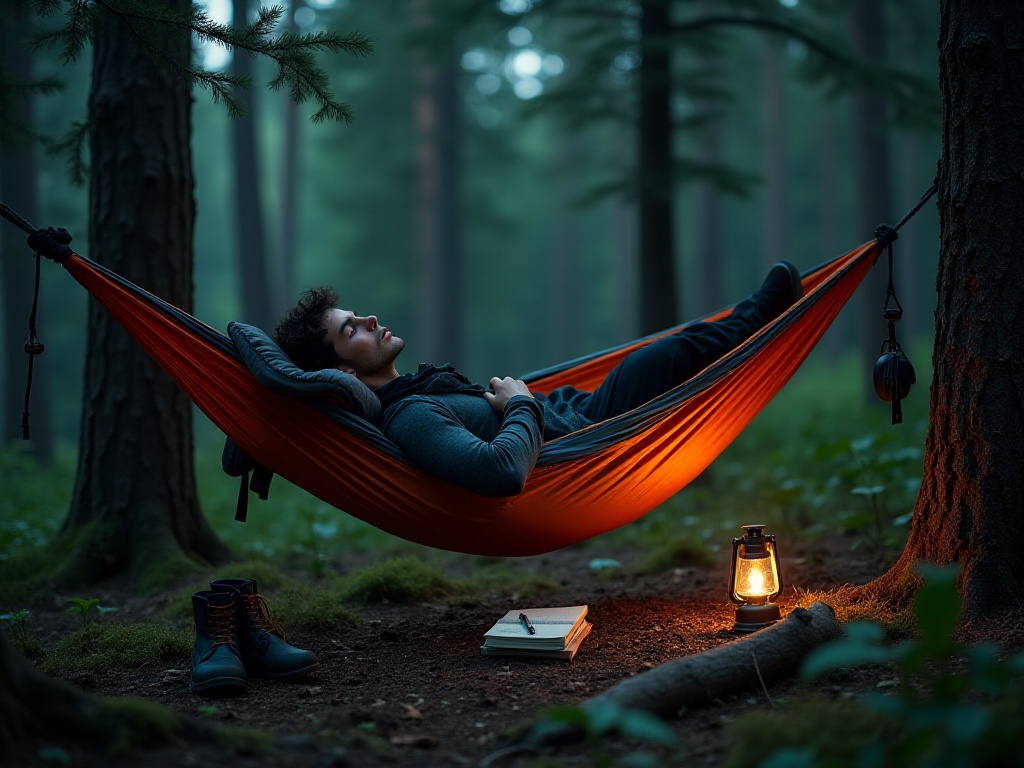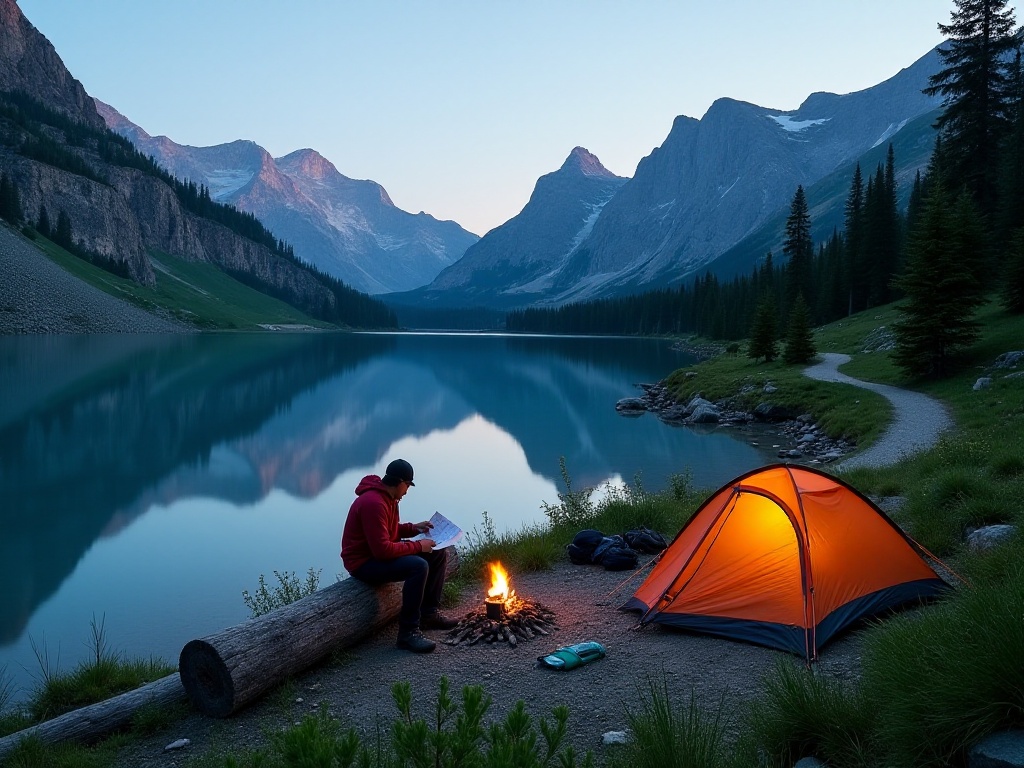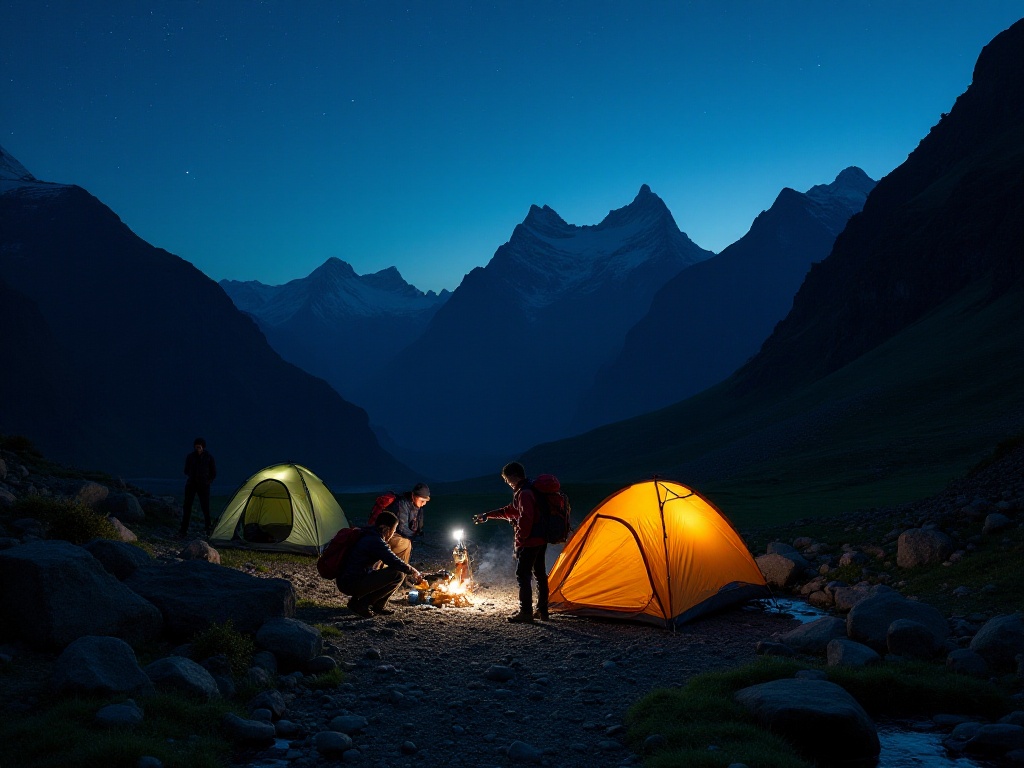My Starting Point
From my first backpacking trip in 2018 to now having traveled through over 20 countries, I've deeply experienced the charm of backpacking as a way of travel. I remember when I first set out, I was like a toddler learning to walk, struggling with overweight luggage. Back then, I thought I needed to bring everything, but half of it ended up being a burden.
I vividly remember packing for the first time: clothes, electronics, and daily necessities scattered around the room, with my bed covered in things I thought were "essential." I packed at least seven or eight T-shirts, three or four pairs of pants, loads of spare socks and underwear, and even "necessities" like a hair dryer and iron. Looking back now, I was so naive.
Back then, I had no experience and thought traveling meant relocating my home life elsewhere. I regretted it as soon as I put on the backpack - I was already out of breath just walking from home to the subway station. Worse still, I had specifically bought a 70-liter backpack just to fit everything. This "small house" not only cost me extra in airline checked baggage fees but also made it difficult to navigate through foreign streets and alleys.
After years of exploration, I finally found what works best for me. Every failure was a valuable lesson that gradually taught me the true meaning of "traveling light." Now I can easily pack two weeks' worth of necessities into a 45-liter backpack.
The Way of Equipment
Choosing equipment is an art, and I've learned plenty of lessons over the years. I remember spending an entire day at an outdoor gear store buying my first backpack. The staff asked, "Where are you going? How many days?" I was clueless: "Uh... haven't decided yet." It's quite funny thinking about it now.
Back then, I was completely mesmerized by the array of outdoor gear. I wanted everything - all the functional fabrics, waterproof coatings, and multi-functional pockets. I ended up buying an expensive, heavy backpack with a bunch of unused accessories. Later I realized that what matters most isn't how many features you have, but how well it meets your actual needs.
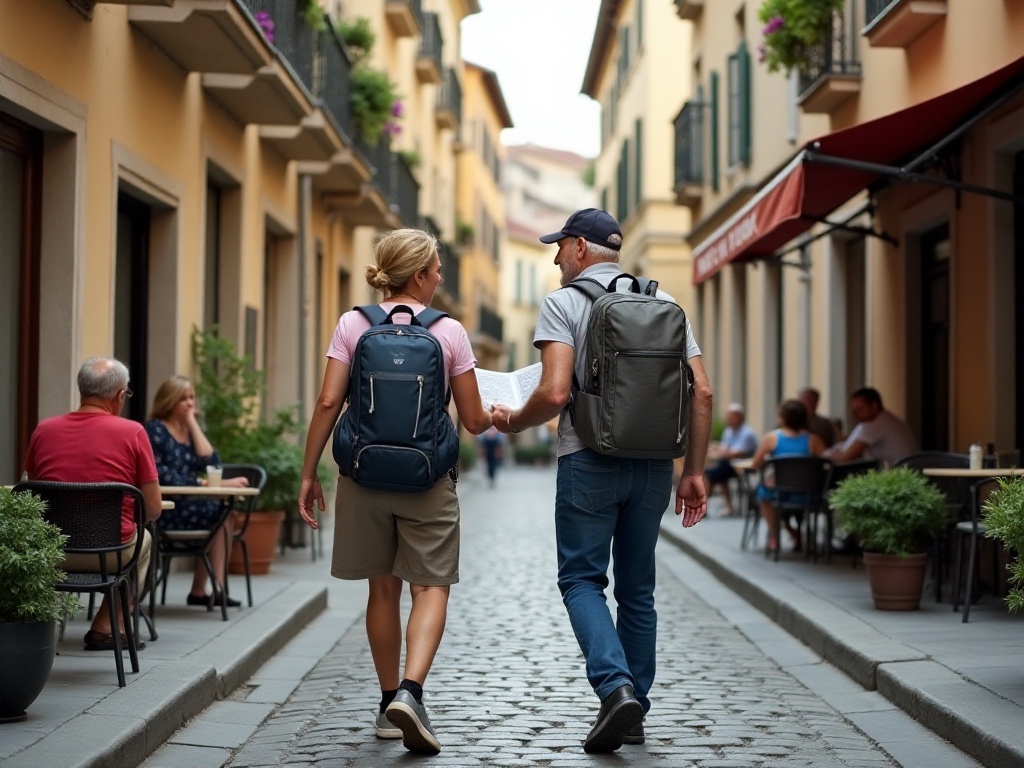
Packing Techniques
When it comes to packing, this is my specialty. I remember when I first started, my backpack was like an exploded marshmallow - messy and space-consuming. Finding anything meant turning the whole bag inside out, which was particularly disastrous when in a hurry.
After years of experimentation, I've developed a complete packing system. First is the classification principle: organize all items by frequency of use and function. Frequently used items go in easily accessible places, while less-used items can go at the bottom. Valuables need special attention and should be kept in inner pockets close to your body.
Compression bags are my must-have tool. But not all compression bags work well - I've tried at least a dozen different brands and found roll-type compression bags most practical. They not only compress clothes to their smallest size but are also waterproof, killing two birds with one stone. Here's a tip for using compression bags: pack clothes by type, which makes them easy to access while keeping the backpack organized.
The method of folding clothes is also important. I prefer the roll method, rolling clothes like sushi rolls. This not only saves space but also reduces wrinkles. For shirts that wrinkle easily, you can roll them with a piece of cardboard to keep them flat.
Electronic accessories also require special attention. I use different colored pouches for different types of accessories - blue for data cables, red for chargers, making everything easy to find at a glance. Plus, these small pouches are waterproof, so no worries on rainy days.
Important documents like passports and tickets go in a special waterproof document holder, always kept in the most accessible part of the backpack. I also keep electronic copies of these documents in the cloud, just in case.
Toiletries are most likely to leak, so they need extra attention. I put all liquid items in sealed bags before placing them in a dedicated toiletry bag. This way, even if a bottle leaks, it won't wet other items. I now mainly use solid toiletries like shampoo and shower bars, which are both eco-friendly and eliminate leakage concerns.
Shoe packing requires technique too. I use old newspapers or shoe trees to maintain shoe shape while absorbing moisture and odors. Shoes must go in dedicated shoe bags to avoid dirtying other items. For long trips, a pair of versatile sneakers and light sandals is usually enough.
Budget Control
Speaking of budgets, this might be what most people care about most. Based on my experience, in Southeast Asia, 100-150 RMB per day can get you by quite well. Of course, this requires careful planning. For instance, I once stayed in a small house in Chiang Mai for just 1,200 THB (about 240 RMB) monthly rent - simple but clean, and located right in the old city.

Route Planning
Choosing a travel route is an art. My advice is: set the general direction, but stay flexible with details. Take my Southeast Asia trip last year - I only fixed my entry point in Bangkok and exit point in Hanoi, with everything in between based on interest. This led to many pleasant surprises, like spending a week at Nam Ngum Lake in Laos just because I met some interesting travel companions.
When planning routes, consider seasonal factors. For example, best to avoid Southeast Asia's rainy season, and Europe's peak season means higher accommodation costs. I usually travel during off-peak seasons to save money and avoid crowds.
Transportation connections are also crucial. I use Google Maps to research transportation options between different cities, including trains, buses, and flights. Sometimes places that look close on a map can be quite difficult to travel between. Knowing this information in advance helps avoid wasting too much time on the road.
Itineraries should have flexibility. From experience, it's best not to plan too many activities for the first day in a new place - take time to adjust to the environment. Stay at least three days in each place to really understand local life. If you find somewhere you like, you can always adjust your plans to stay longer.
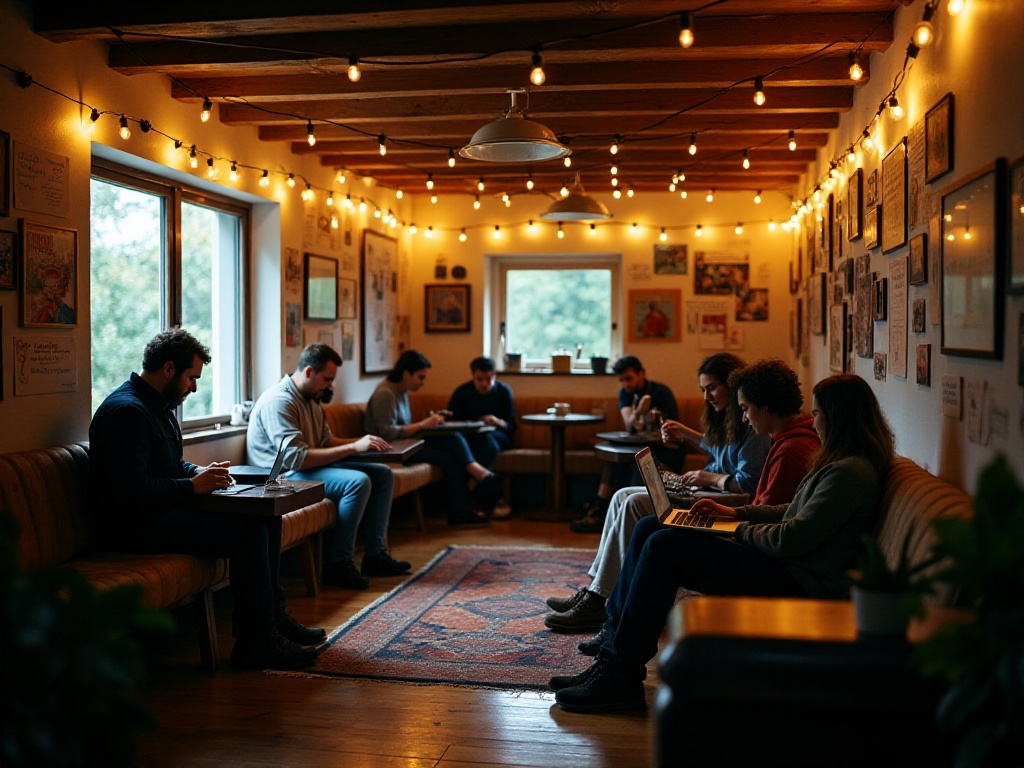
Cultural Experiences
The greatest charm of backpacking is truly immersing in local life. My experience learning to make pho in Hanoi, Vietnam, is unforgettable. On a cold morning, the restaurant owner taught me hands-on how to cook authentic pho. Despite the language barrier, we managed perfect cultural exchange through gestures and smiles.
To really understand a place's culture, the best way is to interact with locals. I meet local friends through various means, like attending language exchange events or using social media. Often, a local friend's recommendation can lead you to hidden gems you won't find in any guidebook.
Learning some basic local phrases is also important. Even if you only know simple words like "hello" and "thank you," locals will appreciate your effort. I always learn the most basic daily phrases before visiting a new country.
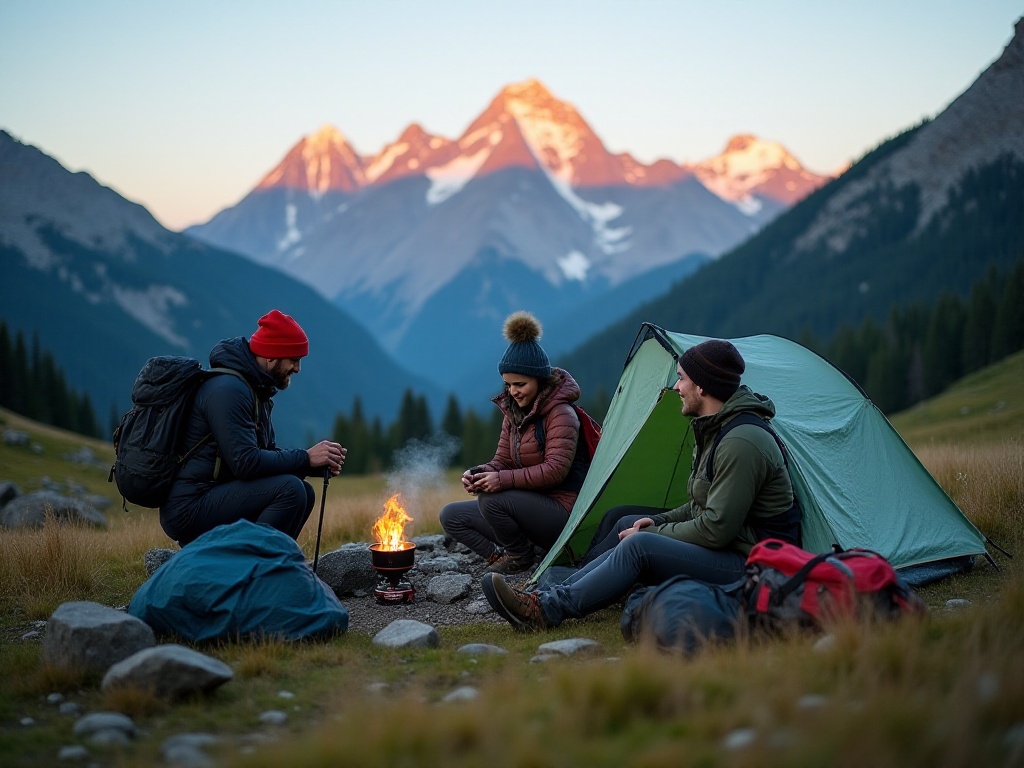
Safety Tips
Regarding safety, my experience is: most dangers can be prevented. I keep my passport, cash, and bank cards in separate places, carrying only enough money for daily use. In unfamiliar cities, I always research the route from stations to accommodation in advance, avoiding late-night arrivals.
Preparation before departure is important. I keep both paper and digital copies of important documents stored in different places. I also always buy travel insurance in case of emergencies.
Pay special attention to safety factors when choosing accommodation. I read reviews, particularly those left by solo female travelers. For hostels, it's best to choose ones with 24-hour front desk and security.
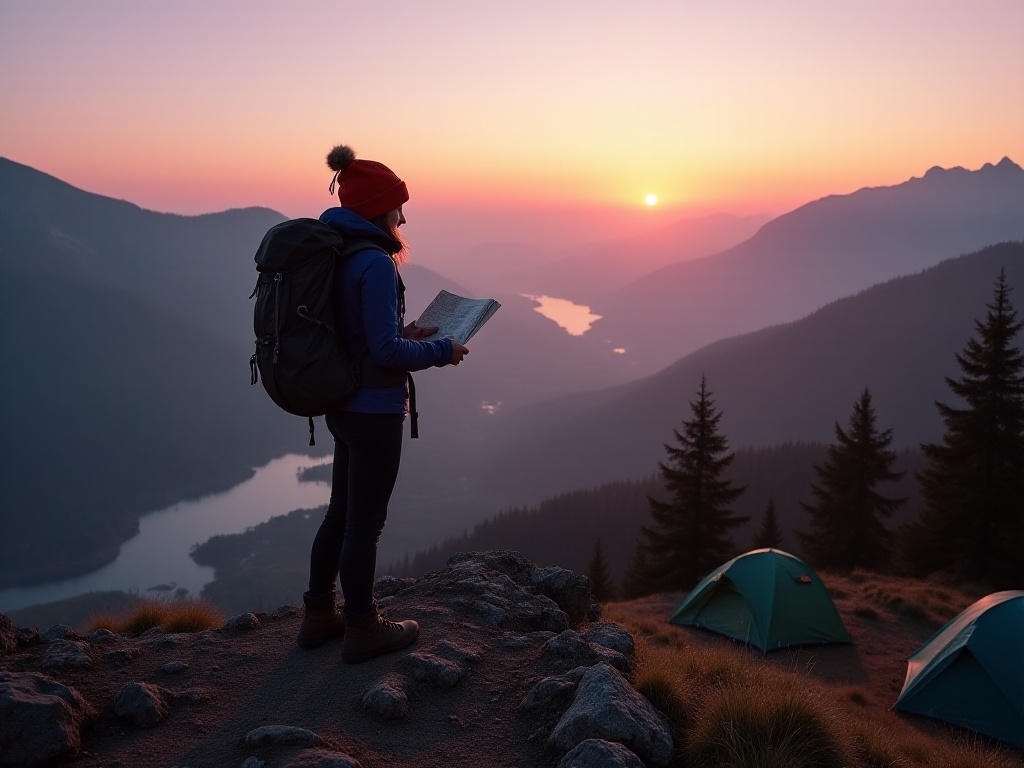
Insights to Share
The most important lesson these years of travel have taught me is: less is more. Whether it's luggage weight, itinerary planning, or budget allocation, simplicity makes travel more relaxed and comfortable.
I've discovered that true travel isn't about how many places you've been or how many photos you've taken, but about the experiences and gains along the way. Sometimes, spending a week in a small town is more meaningful than rushing through ten tourist attractions.
Travel has also taught me adaptability and problem-solving skills. When you're alone in a foreign country, you can only rely on yourself to solve problems. These experiences have made me more independent and confident.
Most importantly, maintain an open mind. Every place has its unique charm, and every person has their own story. Only by experiencing with curiosity and tolerance can you truly feel the meaning of travel.
Looking back now, that fumbling first-time traveler version of myself was both adorable and naive. Every backpacker starts as a rookie; what's important is maintaining an open and learning mindset. By the way, if you're planning your own backpacking journey, feel free to comment and discuss - I'm happy to share more details. After all, on this path, we're all each other's guides and companions.
Travel has changed how I see the world. It has taught me that this world is both big and small, both complex and simple. Every departure is a chance to grow, and every encounter is a gift.
So, if you're hesitating about starting your backpacking journey, my advice is: just go for it! You might face various difficulties at first, but these are all necessary parts of growth. Trust me, once you really start your journey, everything will fall into place.
Finally, I want to say that backpacking isn't about escaping, but about seeking. Seeking the beauty of the world, and seeking your true self. In this process, you'll discover that the meaning of travel isn't in the destination, but in the journey itself.


